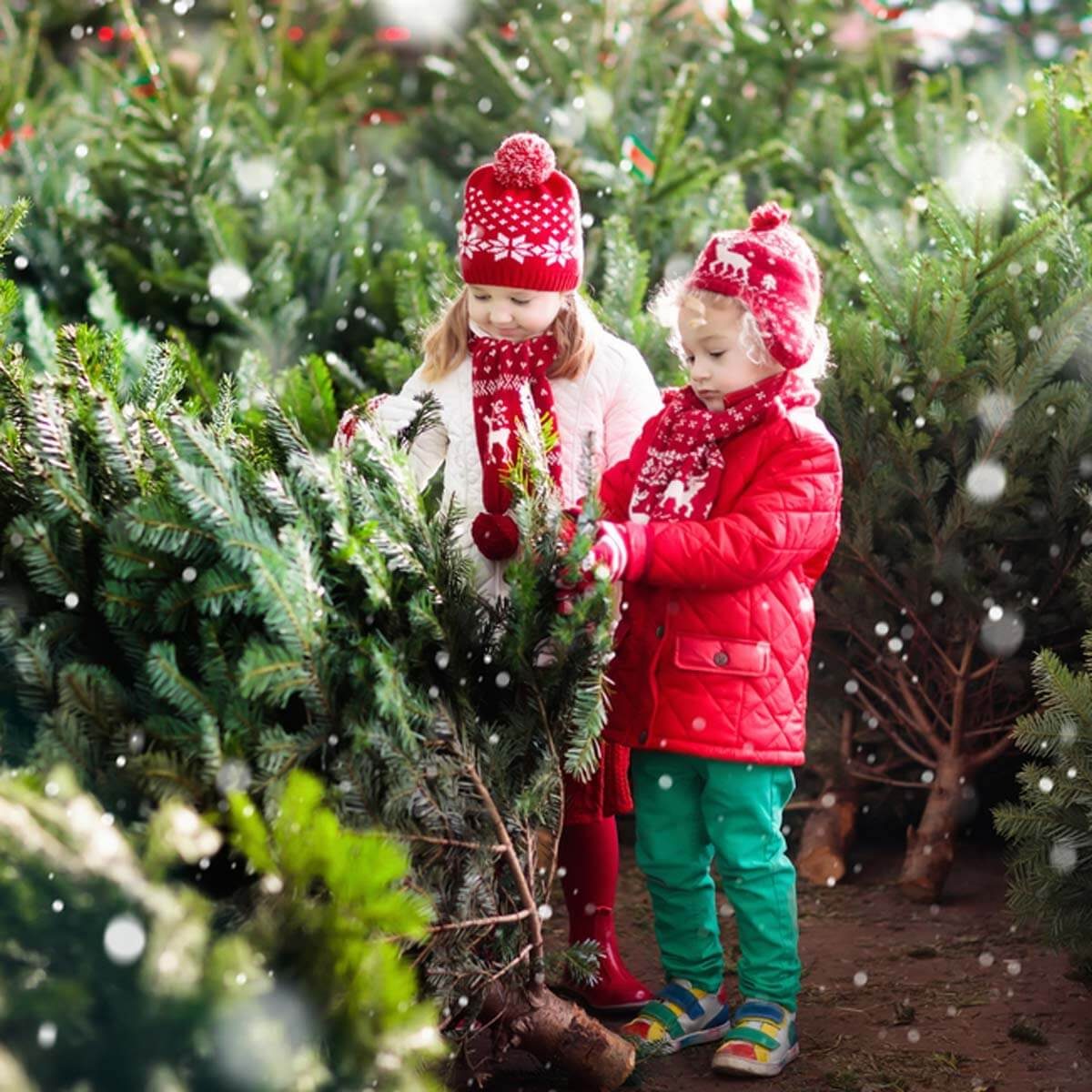
Why Choose a Real Christmas Tree?
There's nothing like a beautiful real Christmas tree to grace your home during the holiday season. And Doug Hundley of the National Christmas Tree Association explained why he believes a real tree is a better choice than an artificial one.
"Real trees are beneficial for the environment," he said. "For every
tree that's harvested, they plant at least one (and often two) back. And
this stabilizes the top soil and fields, and it creates wildlife
habitat."
"Real trees can be reused and recycled," he continued. "They can be used as mulch, as fish habitat, and utilized for stream bank stabilization. And they decompose in just a matter of a few years. An artificial tree will lay in a landfill virtually forever."
Because of the variety of outlets, the cost for a real tree ranges between $25 and well over $100, with the average tree costing around $75 to $80.
The National Christmas Tree Association has information on a variety of Christmas tree species, but here are 10 of the best.
"Real trees can be reused and recycled," he continued. "They can be used as mulch, as fish habitat, and utilized for stream bank stabilization. And they decompose in just a matter of a few years. An artificial tree will lay in a landfill virtually forever."
Because of the variety of outlets, the cost for a real tree ranges between $25 and well over $100, with the average tree costing around $75 to $80.
The National Christmas Tree Association has information on a variety of Christmas tree species, but here are 10 of the best.
Photo: FamVeld/Shutterstock
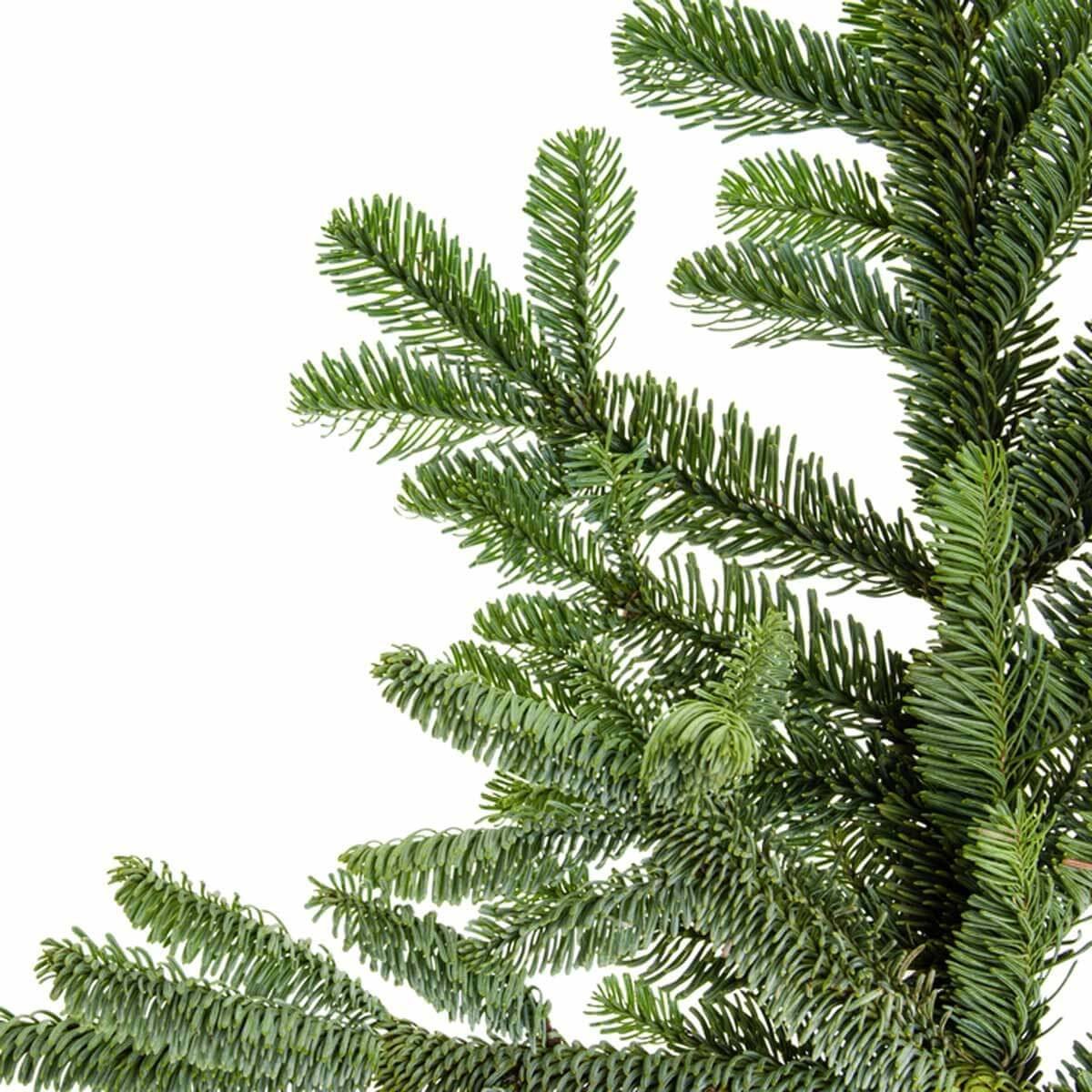
Noble fir (Abies procera Rehd)
Grown mainly in Oregon, the Noble fir is one of the most popular live Christmas tree
species on the west coast, accounting for 25 to 30 percent of sales
(around 7 million trees). And this species is known for its beautiful
symmetry and tall upright nature.
The Noble fir has inch-long silvery blue-green needles which point
upwards, exposing the lower branches. Also, it has stiff branches so it
supports heavy ornaments well. And is often used to make wreaths,
Christmas garlands and door swags. This species retains its needles
well, making it ideal for a home with small children or pets.
Photo: Zigzag Mountain Art/Shutterstock
Photo: Zigzag Mountain Art/Shutterstock

Fraser fir (Abies fraseri)
"North Carolina grows a tree called a Fraser
fir," said Doug Hundley. And this christmas tree species sells anywhere
from five to seven million trees a year. Because of shipping costs, the
eastern U.S. tends to sell more of the Fraser fir.
The Fraser fir has a smart compact form, with well-defined branches
and upward-growing needles that are retained well. And they are deep
blue-green in color, and this species also has a lovely fragrance that fills the whole room.
Photo: Bestofgreenscreen/Shutterstock
Photo: Bestofgreenscreen/Shutterstock
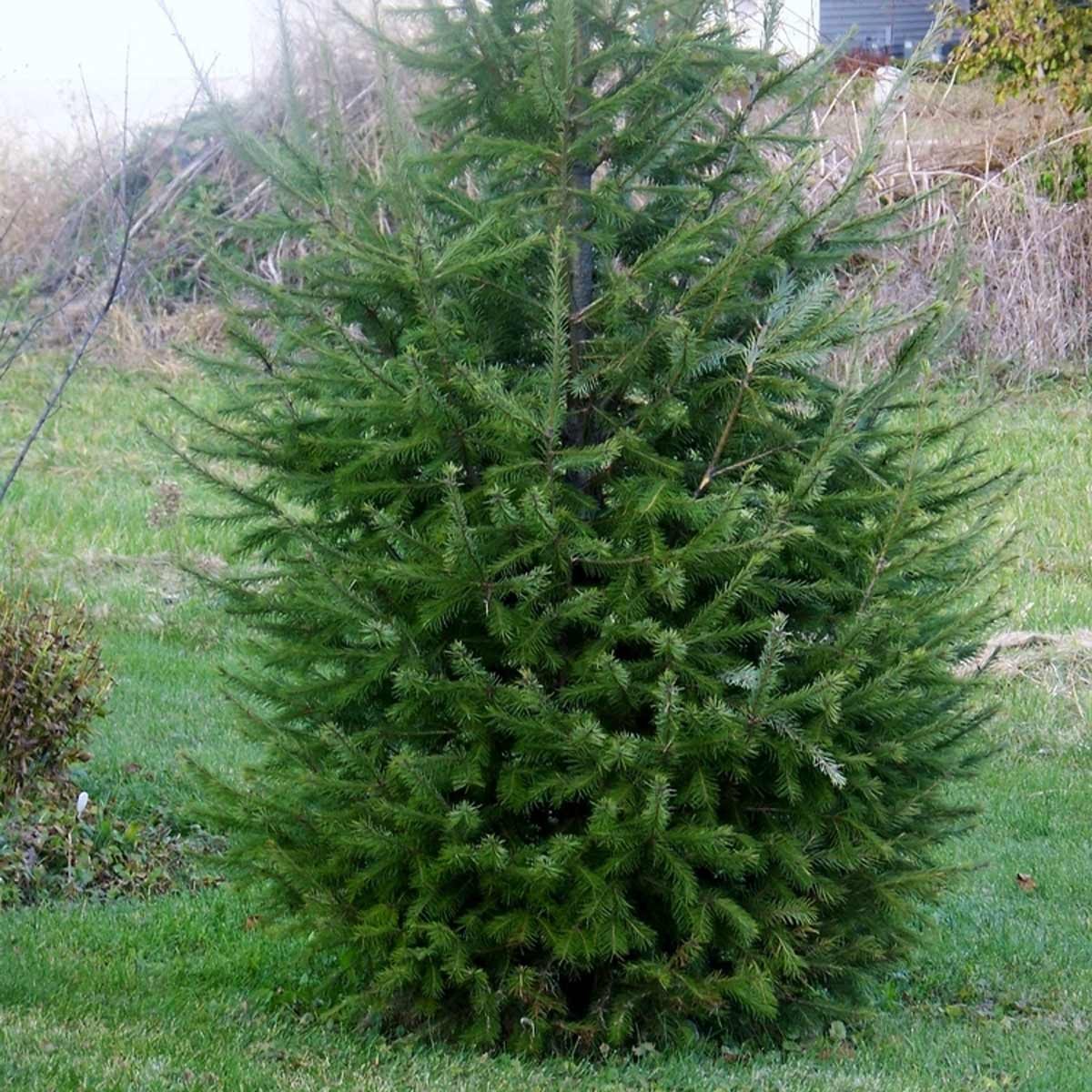
Douglas fir (Pseudotsuga menziesii)
According to the NCTA, the Douglas fir has been one of the most popular Christmas tree
species in the Pacific Northwest since the 1920s. And as well as being
shipped across the U.S., it's also shipped to Hawaii, Guam and other
Asian markets.
The Douglas fir has dense foliage and a compact conical shape. And
the needles (which are dark green or dark blue), can grow up to 1.5
inches in length, and radiate evenly around the branch. When crushed,
the needles release a sweet fragrance.
Photo: Susan Marie Sullivan/Shutterstock
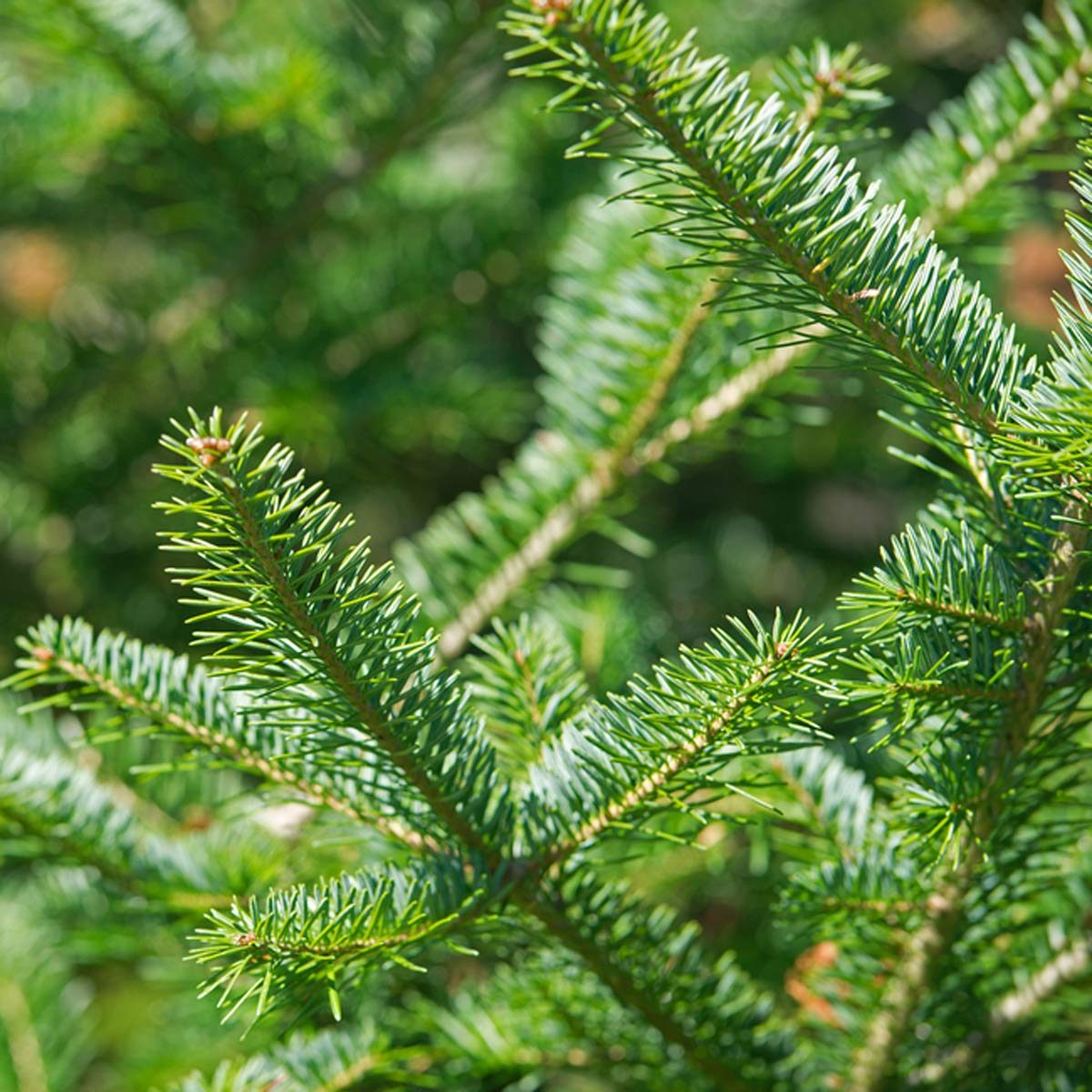
Balsam fir (Abies balsamia)
Known as a christmas tree species for almost
250 years, the Balsam fir is a tall slender tree which is a great choice
if you have limited space. It only reaches around 1.5 feet in diameter,
but the dense dark green foliage rises into a graceful spire. And the
bark is covered with resinous blisters which gives the species its name.
Each branch has a double row of needles which are openly spaced and
range between 0.75 and 1.5 inches in length, making them perfect for
supporting tree ornaments. And the needles are long-lasting. The Balsam
fir is renowned for its lingering fragrance–its often used for stuffing
pine pillows and sachets.
Photo: BW Folsom/Shutterstock
Photo: BW Folsom/Shutterstock
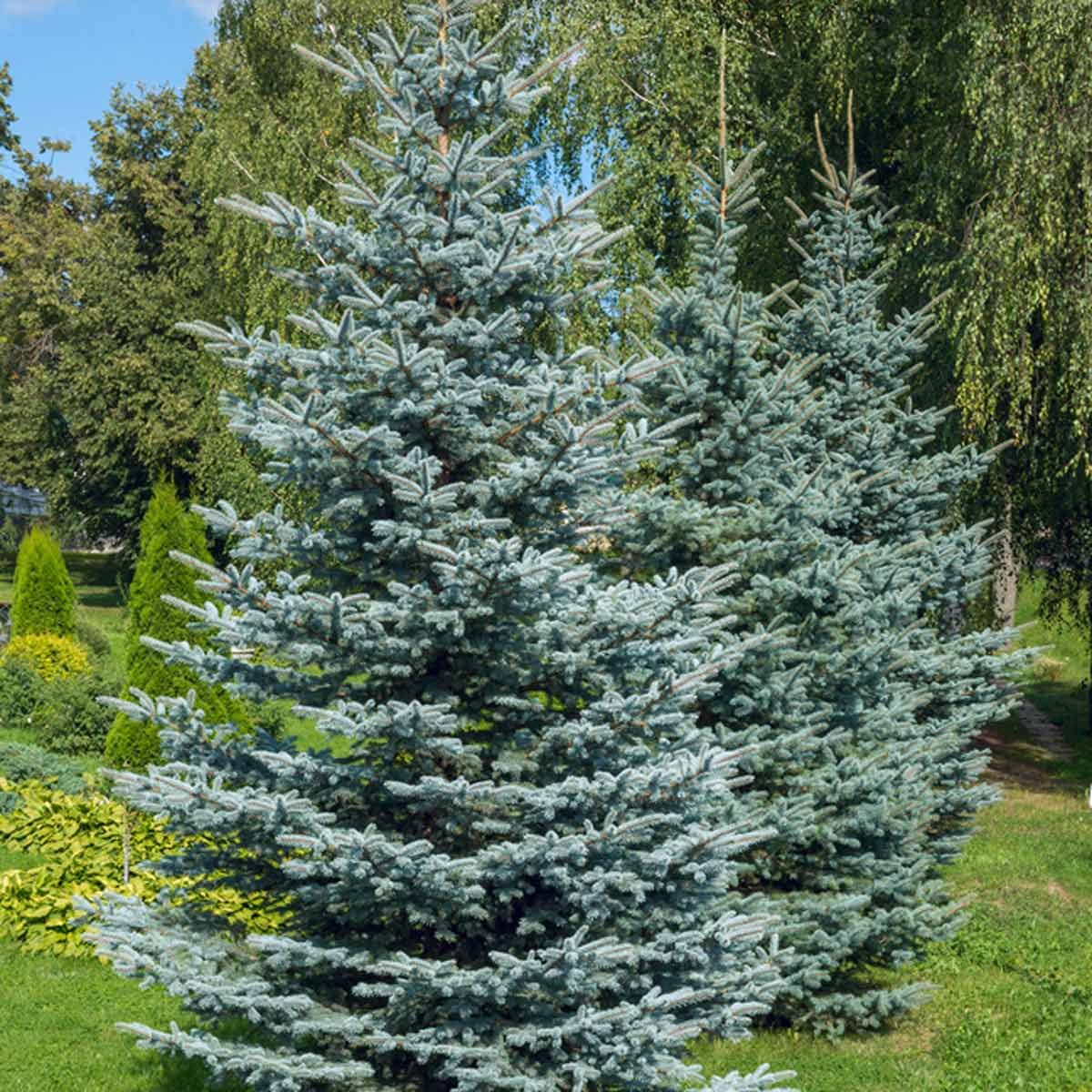
Colorado blue spruce (Picea pungens)
The beautiful Colorado blue spruce is the
national tree of Utah and Colorado. It features a regular pyramidal
shape and a well-defined crown. And this is a narrow species, reaching
around three feet in diameter.
The foliage ranges from gray-blue to a silvery blue. The needles are
about 1.5 inches long, but very sharp, (so not ideal choice for little
fingers!), and emit an unpleasant odor when crushed. However, this is
one of the best species for needle retention. And as the tree makes a
good ornamental, it's becoming increasingly popular as a 'living
Christmas tree.'
To save money on your tree lights, follow our money-saving tips.
To save money on your tree lights, follow our money-saving tips.
Photo: Leonid S. Shtandel/Shutterstock
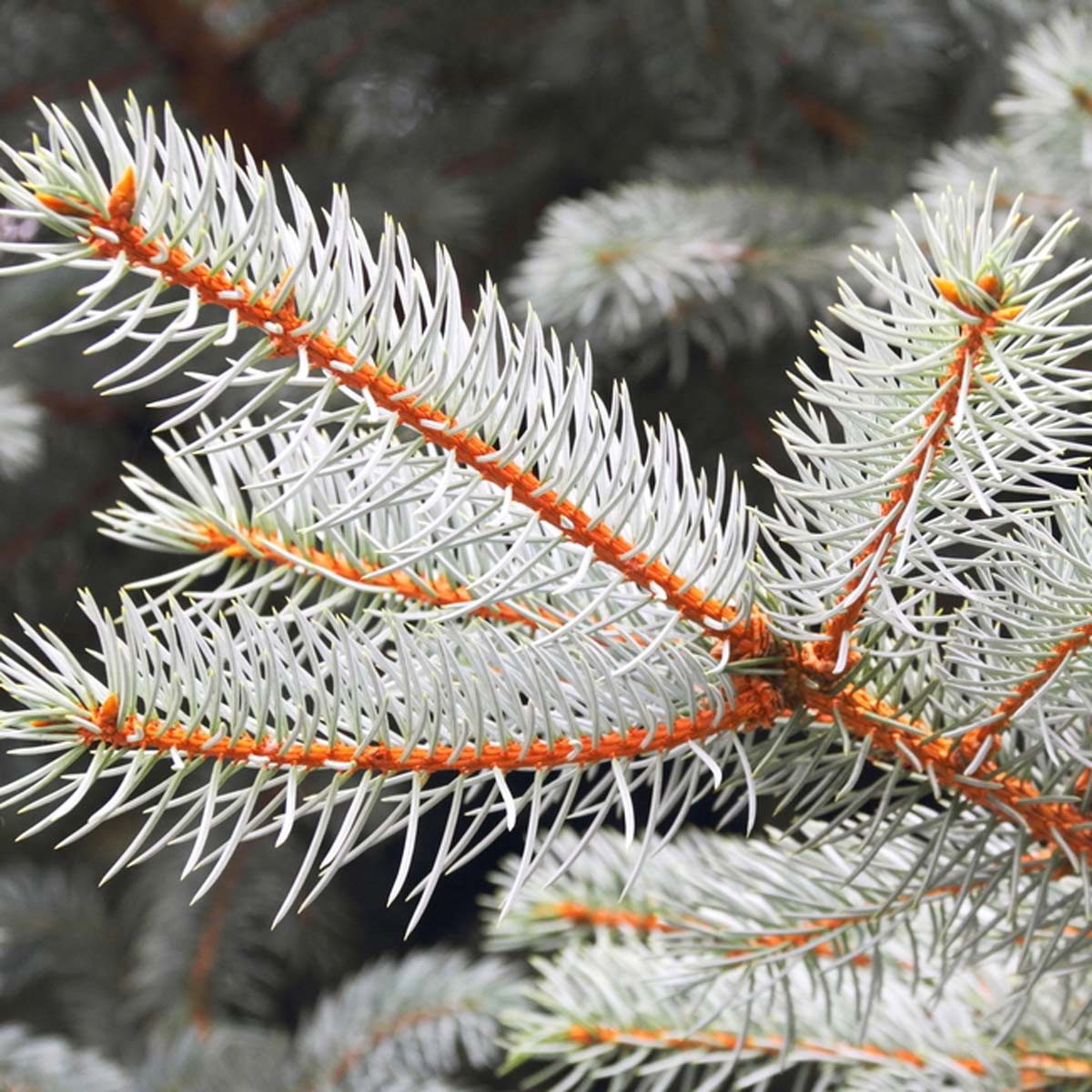
White spruce (picea glauca)
Growers have exploited the characteristic
blue-gray foliage of the Colorado blue spruce and grown varieties that
favor the whiter color, including the White spruce. And this species is
often chosen for its color, but it also boasts a natural shape and
long-lasting durability.
Like the Blue spruce, the White spruce has needles that give off a
pungent aroma when crushed, giving the species its common name of 'skunk
spruce'. But it has superior needle retention to other spruces, and the
needles are short, blunt and stiff (0.75 inches), making it ideal for
hanging ornaments.
Do you know how to use a Christmas light tester to check your tree lights?
Do you know how to use a Christmas light tester to check your tree lights?
Photo: Taiftin/Shutterstock
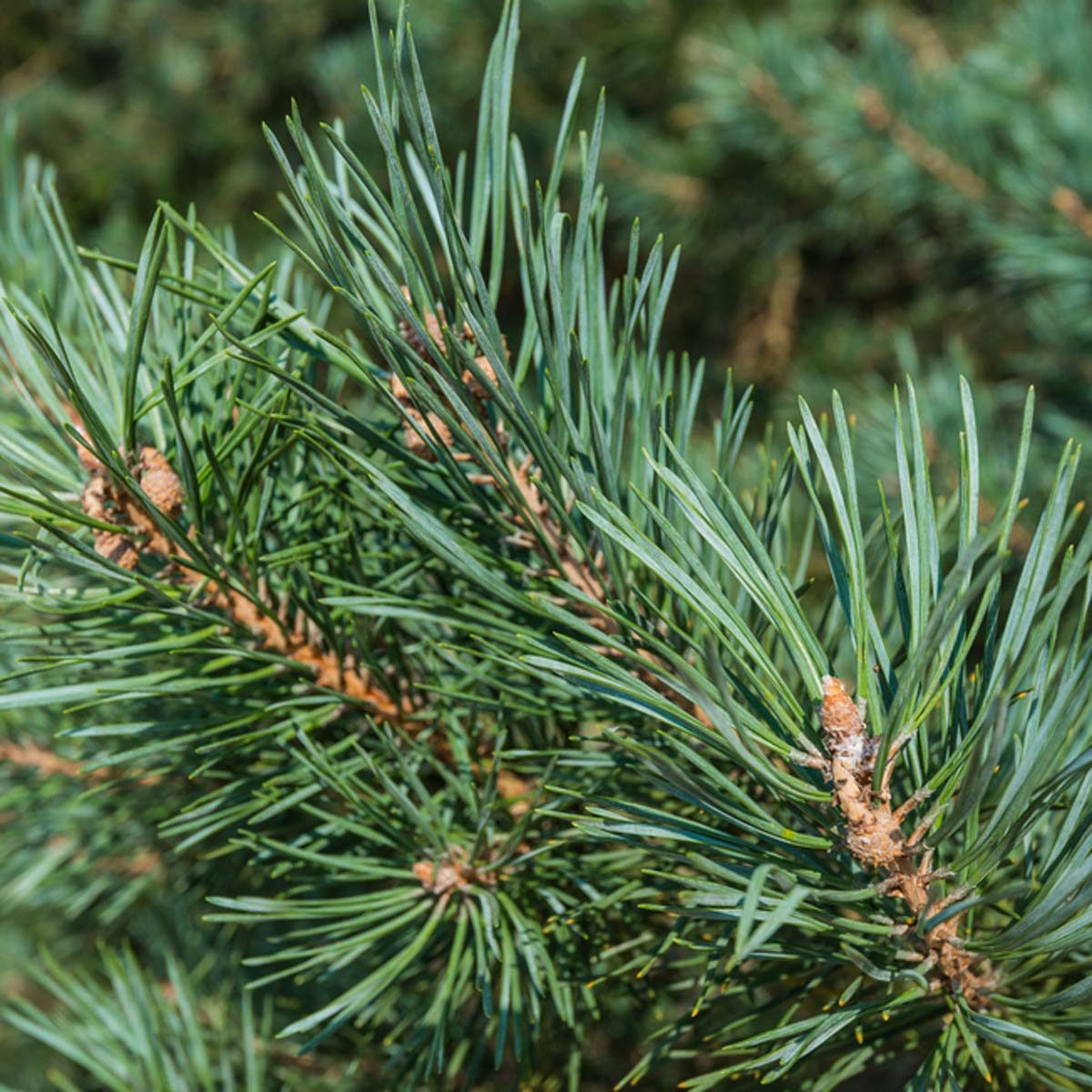
Scots or Scotch pine (Pinus sylvestris)
The Scots pine is everything you want a real
Christmas tree to be. It's bright green, with stiff branches, and won't
drop its needles even when it's dried out. This variety is deservedly
the most popular species in the U.S.
With its resilient branches, and needles that grow in double clusters
and range between one and an impressive three inches in length. And
this makes it one of the best choices for hanging both light and heavy
ornaments. The Scots pine's durability makes it simple to replant, so
you can use it as a living tree year after year.
Photo: Ruud Morijn Photographer/Shutterstock
Photo: Ruud Morijn Photographer/Shutterstock
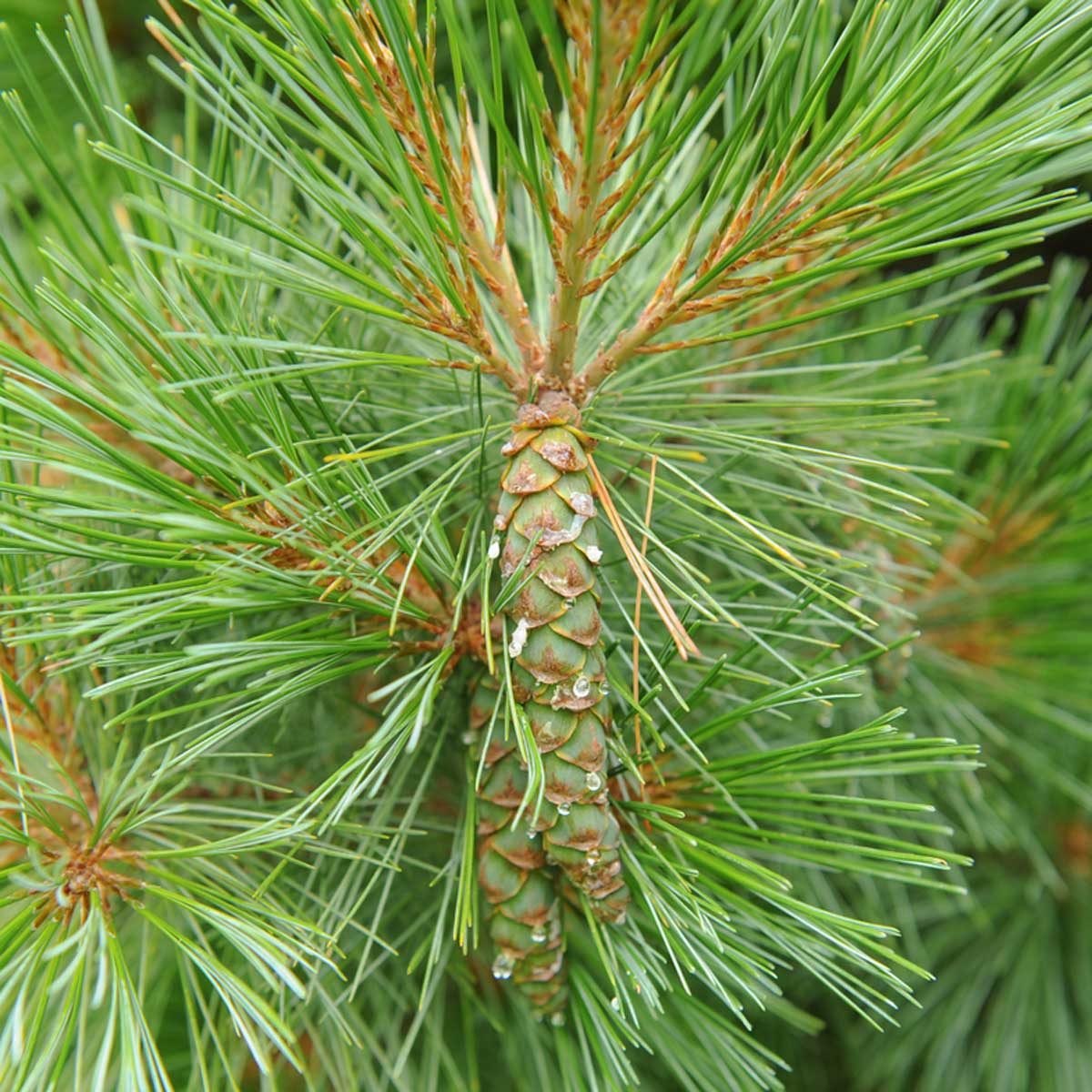
Eastern white pine (Pinus strobus)
The Eastern white pine is the state tree of
Maine and Michigan. It's the tallest pine christmas tree species in the
U.S. So trees are often sheared to make them suitable for Christmas
trees, although some feel this makes the foliage over-dense.
This variety has little in the way of fragrance. But it reputedly
causes fewer allergic reactions than other species, making it a good
option for those with allergies. The needles are extremely long (up to
five inches), but their flexible nature makes this tree unsuitable for
hanging heavy ornaments. However, the needle retention is excellent.
Choosing the best tree lights can be tricky, so take a look at our guide to LED lights.
Photo: Peter Turner Photography/Shutterstock
Choosing the best tree lights can be tricky, so take a look at our guide to LED lights.
Photo: Peter Turner Photography/Shutterstock
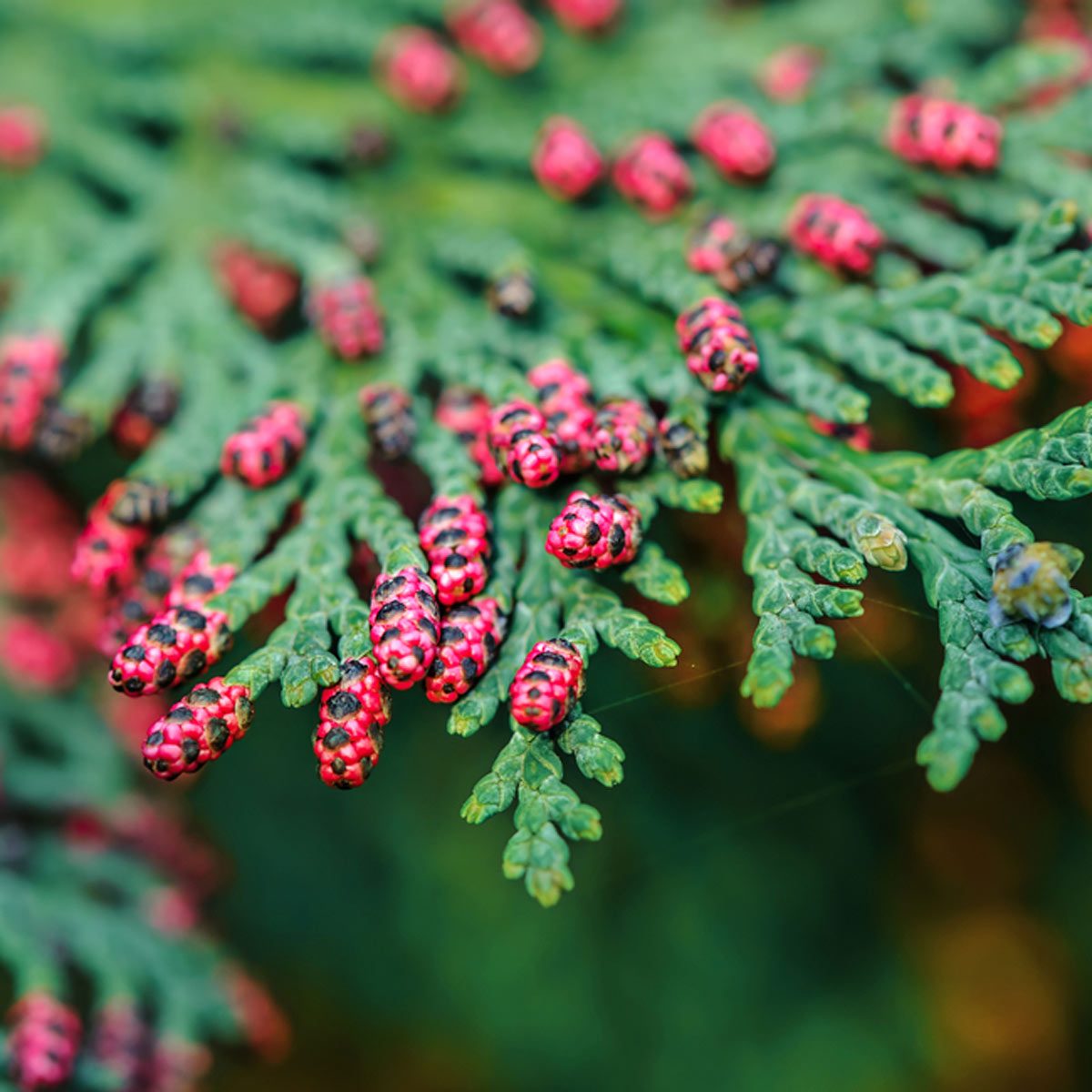
Eastern red cedar (Juniperus virginiana)
The Eastern red cedar is actually not a cedar
at all, but a member of the Juniper family, as the Latin name indicates.
Before cultivated Christmas trees became readily available, this was
the Christmas tree of choice for many people in the southern U.S. due to
its conical form.
Because it's from the Juniper family, it has soft, pliable leaves
rather than needles. And this makes it less suitable for hanging heavy
ornaments. The color range for this variety is astounding, including
dark green, bluish green, silvery, gray-green, bronze and purple.
Making your own ornaments lets you create unique decorations.
Making your own ornaments lets you create unique decorations.
Photo: ER_09/Shutterstock
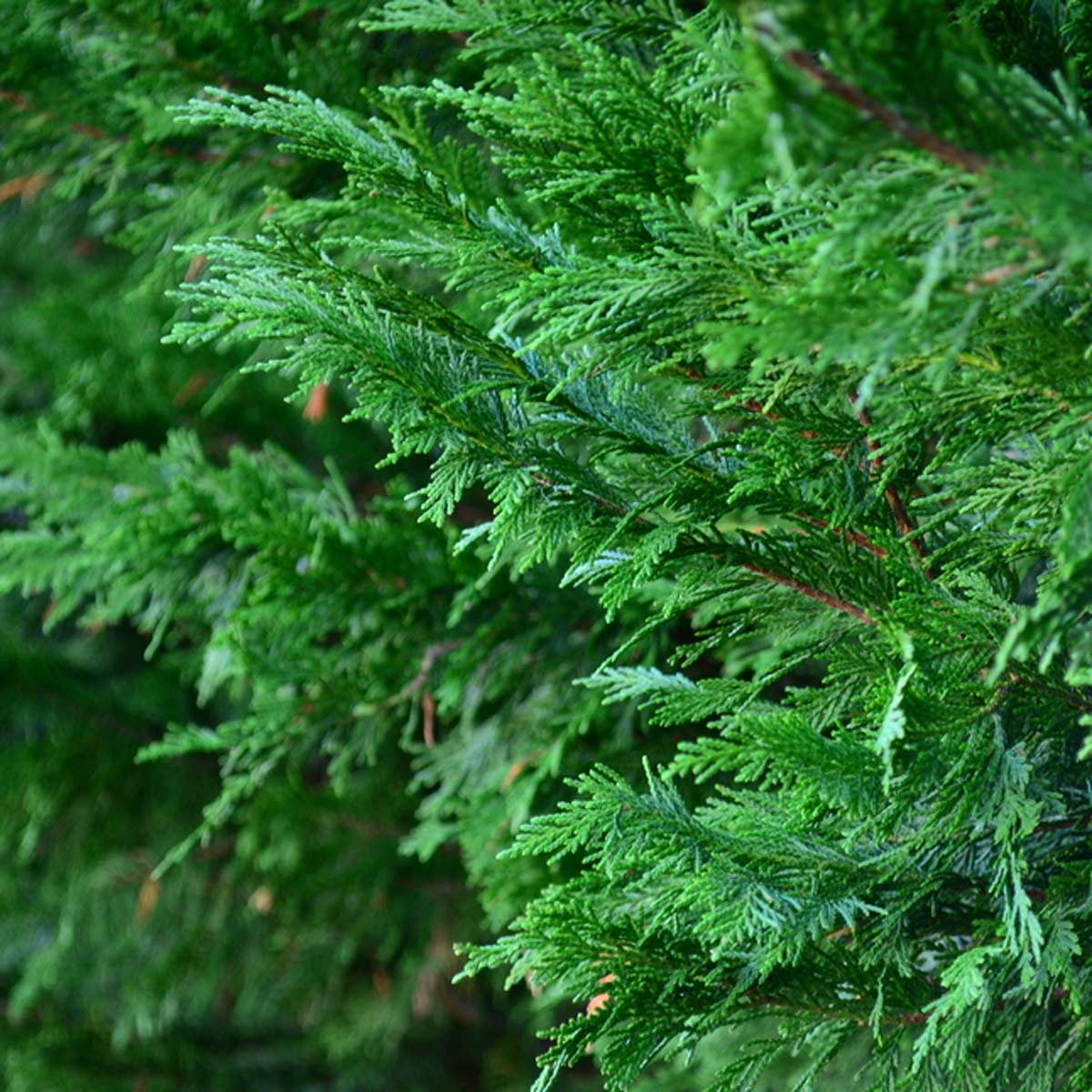
No comments:
Post a Comment